Brave New Material World : Picking through the cotton conundrum
Picking your way through the minefield of which fabrics are kinder to the planet, there is a lot of confusion around cotton. As consumers and makers we tend to think cotton is one of the most humble, natural and biodegradable fabrics on the market. It comes from the natural world – we can all picture a cotton plant in our minds – so what’s the problem?

Birth of Supermodels (in white cotton shirts) / (from left) Estelle Lefébure, Karen Alexander, Rachel Williams, Linda Evangelista, Tatjana Patitz and Christy Turlington / Malibu / 1988 / Photograph: Peter Lindbergh
On a global scale, approximately half of all textiles are made of cotton but it is a very thirsty and pesticide-intensive crop. Intensive cultivation of conventional cotton has a deeply negative impact on the environment: the destruction of local ecosystems, desertification and pollution of precious water supplies, soil degradation, as well as causing health problems for cotton workers and manufacturers.
Did you know it takes 2,720 liters of water to grow enough cotton to make just one T-shirt? That’s enough for one person to drink for 900 days. For one pair of jeans, it takes over 15,000 liters of water. Then imagine how many T-shirts and jeans are in your closet, in your city and the planet? How were those cotton plants irrigated? Where did the water come from?
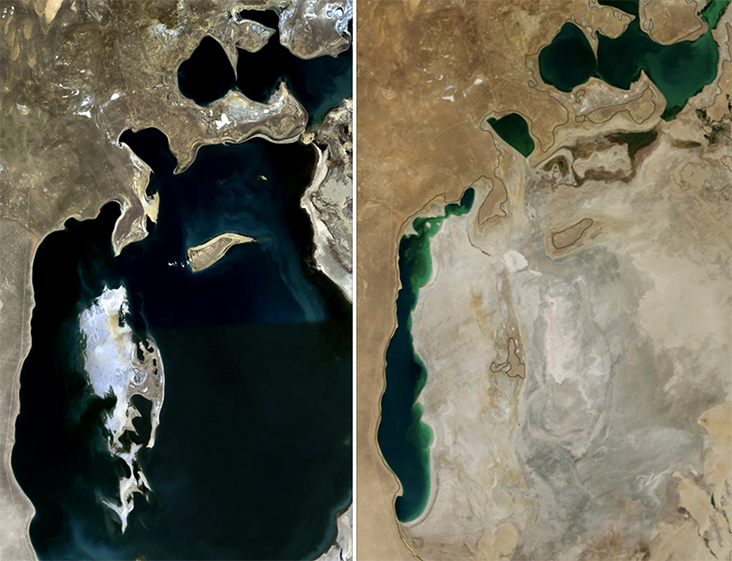
The Aral Sea in 1989 (left) and 2014 (right) via wikipedia / In the 1960’s irrigation canals were built to divert two major rivers that fed the sea with the aim to irrigate the desert in the attempt to grow crops. In 1988 Uzbekistan was the world’s largest exporter of cotton.
Unfortunately, unsustainable irrigation practices are rife. The diversion of entire rivers into huge irrigation channels in Central Asia has led to the gradual drying-up of the Aral Sea, once the world’s fourth largest lake covering 68,000 sq km. But since the 1960s the sea bed has been reduced almost entirely to dust as a result of cotton production. What’s more, the combination of released salts and pesticides into the atmosphere creates a carcinogenic dust that is blown into local villages causing throat cancers and respiratory diseases.
In 2017, less than 20% of global cotton production was independently verified as grown using more sustainable practices, such as minimising the negative effects of fertilisers and pesticides, caring for water, soil health and natural habitats as well as workers’ safety and wellbeing.
But that figure is rising thanks to cotton sustainability programmes such as The Better Cotton Initiative. The largest programme of its kind in the world, it was set up in 2016 to improve global cotton production for the people who produce it, for the environment and to safeguard its future production.
As consumers and makers we can all make a difference by investing in more sustainable alternatives to impossibly thirsty conventional cotton, also known as ‘preferred cotton’ such as widely available organic, Fairtrade or recycled cotton.
Last October, many of the world’s most renowned clothing and textile companies, including Burberry, Adidas, Levi’s and Kering pledged to use 100% sustainable cotton by 2025. This pledge – called the sustainable cotton communiqué – demonstrates that there is a demand for more sustainable cotton, the production of which is now higher than ever at over 3 million tonnes. Levi’s are also making great advances with their Waterless denim, particularly in the finishing processes where have cut their water use by 96 % and – importantly – are sharing their research and processes so that others can learn from their water saving techniques.
There are several standards and certifications to look out for when buying clothes made from preferred cotton. The global gold standard is GOTS (Global Organic Textile Standard), which provides the end consumer with credible assurance not only of the organic status of the textile but also of its environmentally and socially responsible manufacturing too. Other standards include: Better Cotton Initiative (BCI), and Cotton Made in Africa.
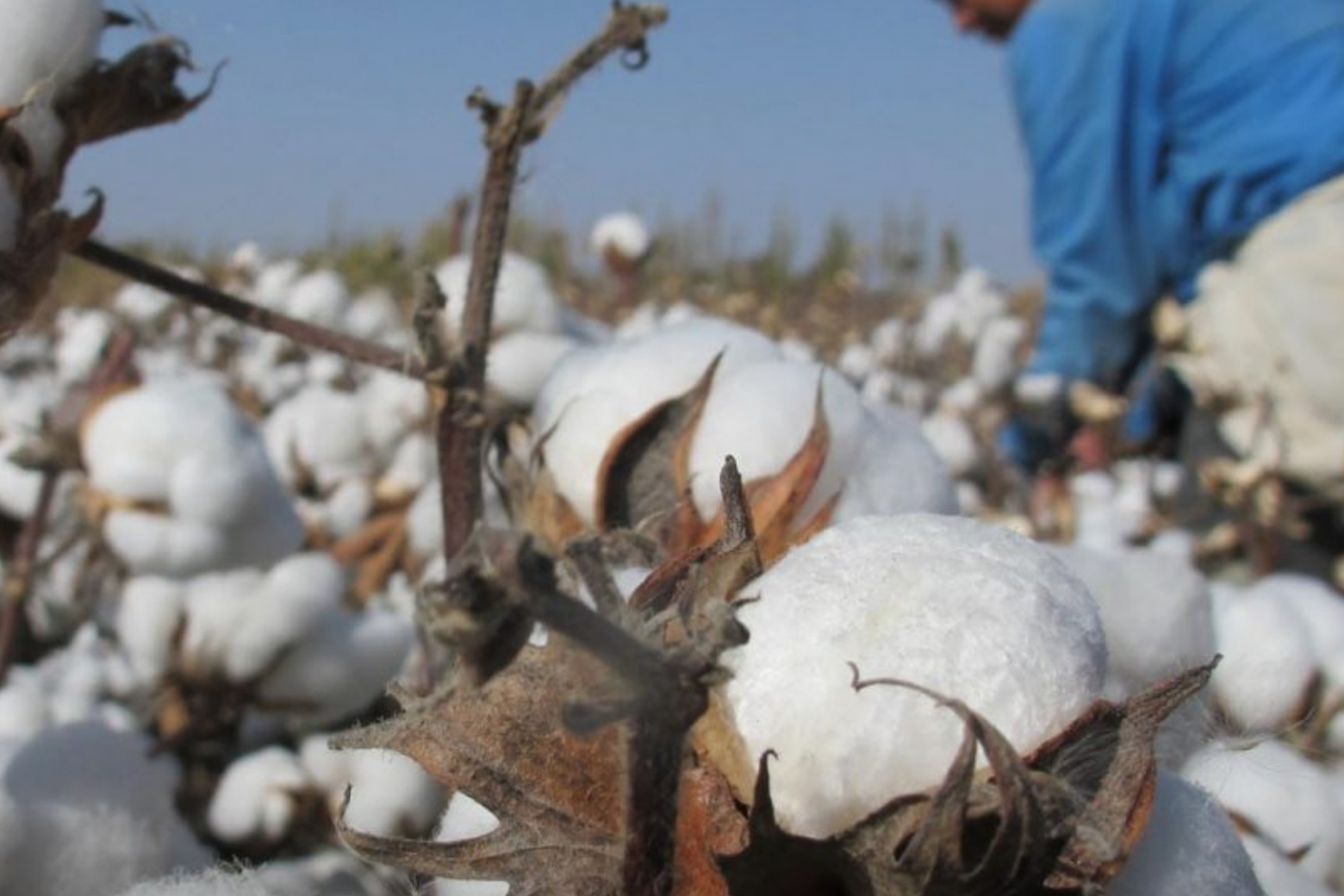
Organic Cotton from Adidas online magazine gameplan-a.com where you can read more about the commitment and pledging Adidas makes to back Better Cotton Initiative (BCI)
As the confusion surrounding cotton begins to clear, we – the citizens and makers – can choose to invest in preferred cotton therefore increasing demand on a global scale and reducing the damaging impact of conventional cotton production. While it is tempting to buy cheaper conventional cotton, and we all want to make our money go further, the hidden cost is paid further up the supply chain by poorly paid workers or by cutting corners in the manufacturing process leading to catastrophic damage to the farmers’ health and wellbeing and the environment.
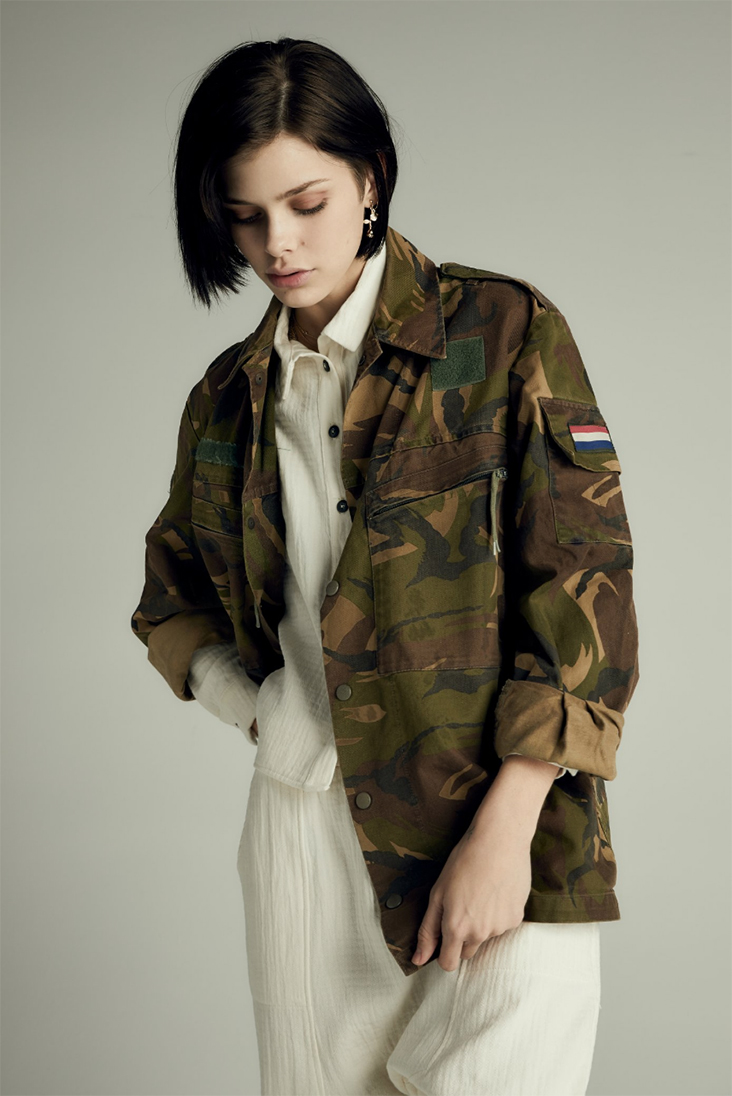
Faircloth / Camo Jacket / ‘This piece is made from deadstock fabric. That means that this fabric was either flawed or left over from mills and garment factories; it’s pre-consumer waste. Big companies throw this fabric away but we recycle it and give it a new life! By using deadstock fabric, we save thousands of gallons of water each year.’
The startling statistic regarding the water needed to make just one T-shirt (enough for one person to drink for 900 days) reminds us of how we need to treat cotton as a precious resource rather than something we wear a couple of times then throw away. Being more mindful of keeping our clothes and textiles for longer – looking after them properly by gentle, cool washing (freezing your jeans is an effective way of cleaning them), air drying, and repairing, reusing and recycling – is not only good for our wallets but also the planet.
Feature Image: Faircloth/ Muscle Tee made from 100% organic cotton / ‘This piece is made from deadstock fabric. That means that this fabric was either flawed or left over from mills and garment factories; it’s pre-consumer waste. Big companies throw this fabric away but we recycle it and give it a new life! By using deadstock fabric, we save thousands of gallons of water each year.’






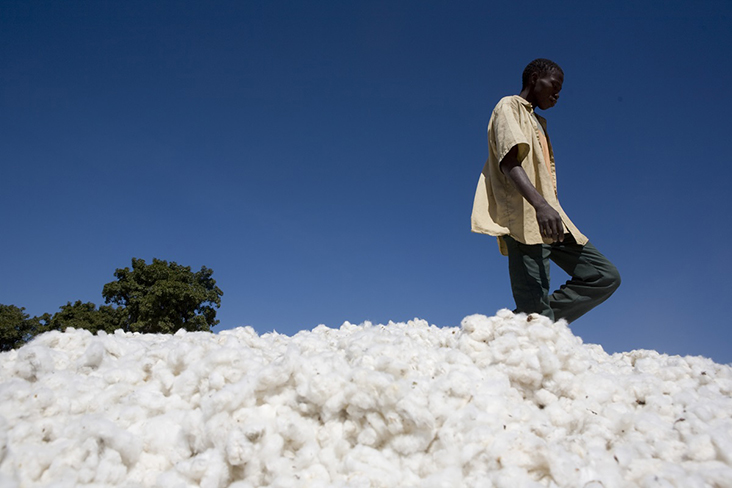





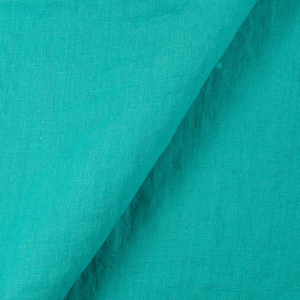


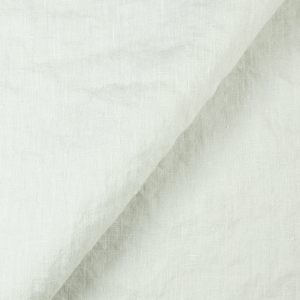

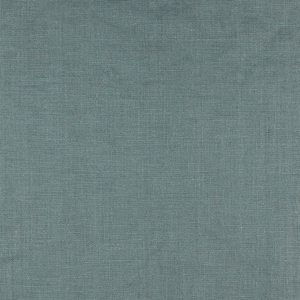






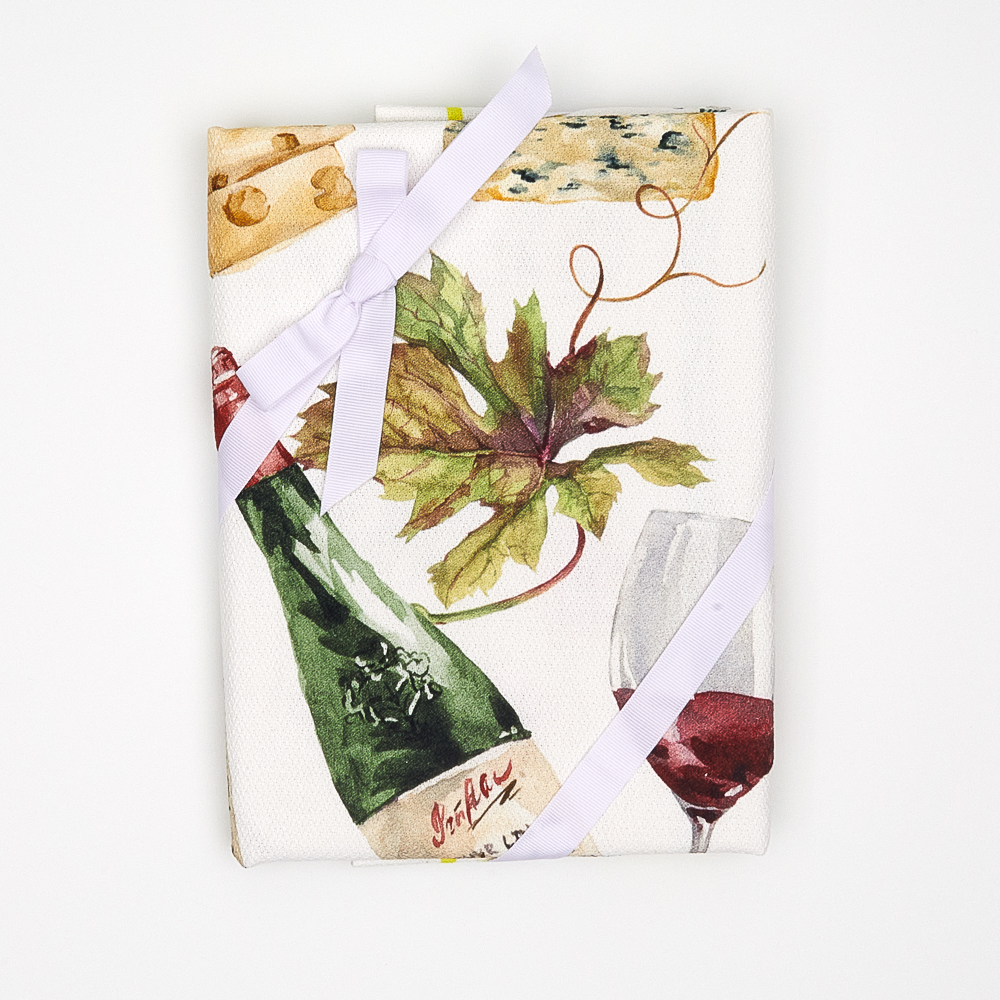






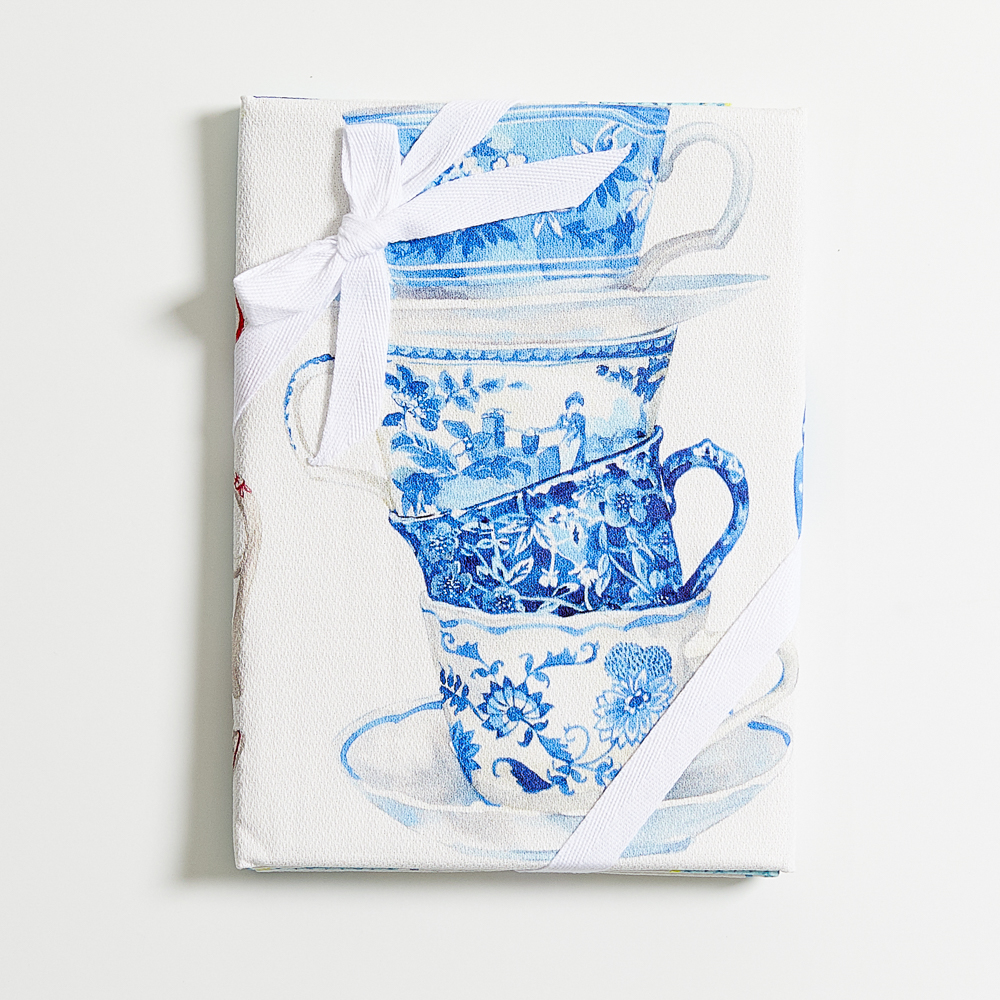






4 Comments
Cynthia Machado
The older I get the more I am interested in simplicity and comfort in my clothing. Texture and breathability are incredibly important to me and I want textiles that will last me decades.
Just found an organization last year that collects designer fabric samples that were originally headed for the landfill and gives them away for free a couple times a month. They ask for donations to help pay their overhead but they save over 70 tons of fabric that were headed for the landfill. One lady I met there takes the fabrics and makes large tote bags to give to the many fire victims here in California.
Jehanne Hansen
One reality about the things that we produce and consume in the world is the reality that we waste an awful lot of it. Food is wasted by the tons, everyday, in America.
And, how many tons of clothing of all fibers are “thrown out” everyday? Many, if not most, of those fabrics have so useful post consumer use. And, given the fact that the used garments are often embellished with non-fiber elements, it makes for difficulty in reprocessing in any manner.
We buy a lot of junk food and lot of junk clothing. If we did not consume and waste so very much, we would not have to produce so very much. The core of this issue is just as much, if not more., about waste as it is about production.
I would love to see sustainable sewing discussed. My sewing room is the most trash intensive of any other in my home and. my life.
Clothing that is less structured, more versatile and more durable would be a positive. Patterns that offer simple cuts with the least amount of waste are something that we need to embrace.
I do see some of that here in the patterns offered on FabricsStore. Some of the suggestions for using the linen fabrics that are offered do tend towards this simplicity. I applaud this website for that. But, we need to advance this reality further.
Laura Bonack
I love talking textiles! Great information, thank you for sharing. I learned a lot and thirst for more. What’s the best textile to use in regards to impact on the environment?
Kathleen Dimond
Thank you for your informative and thoughtful article. Being a huge fan of textiles, cotton in particular, I look forward to being more selective in my choices.